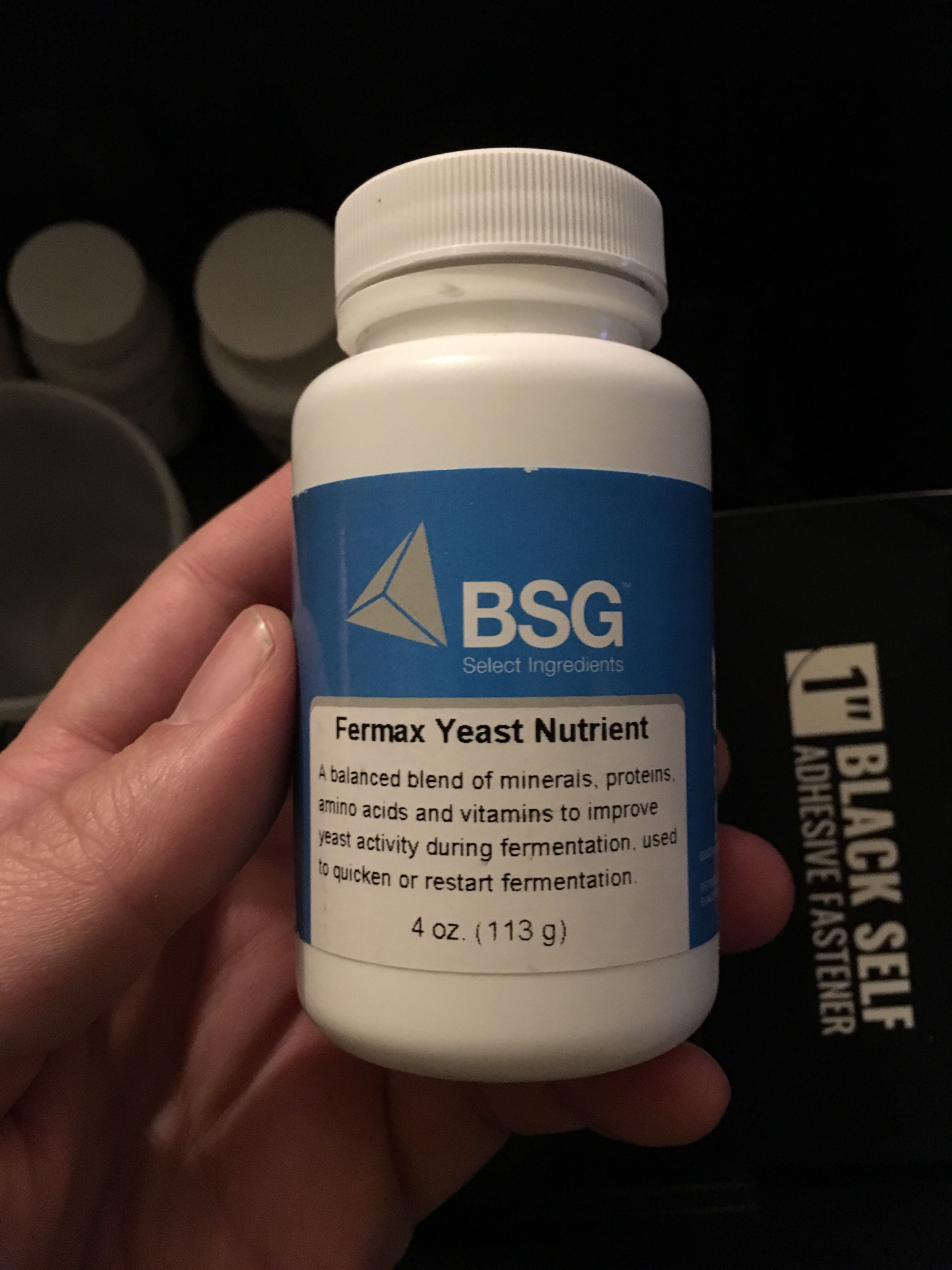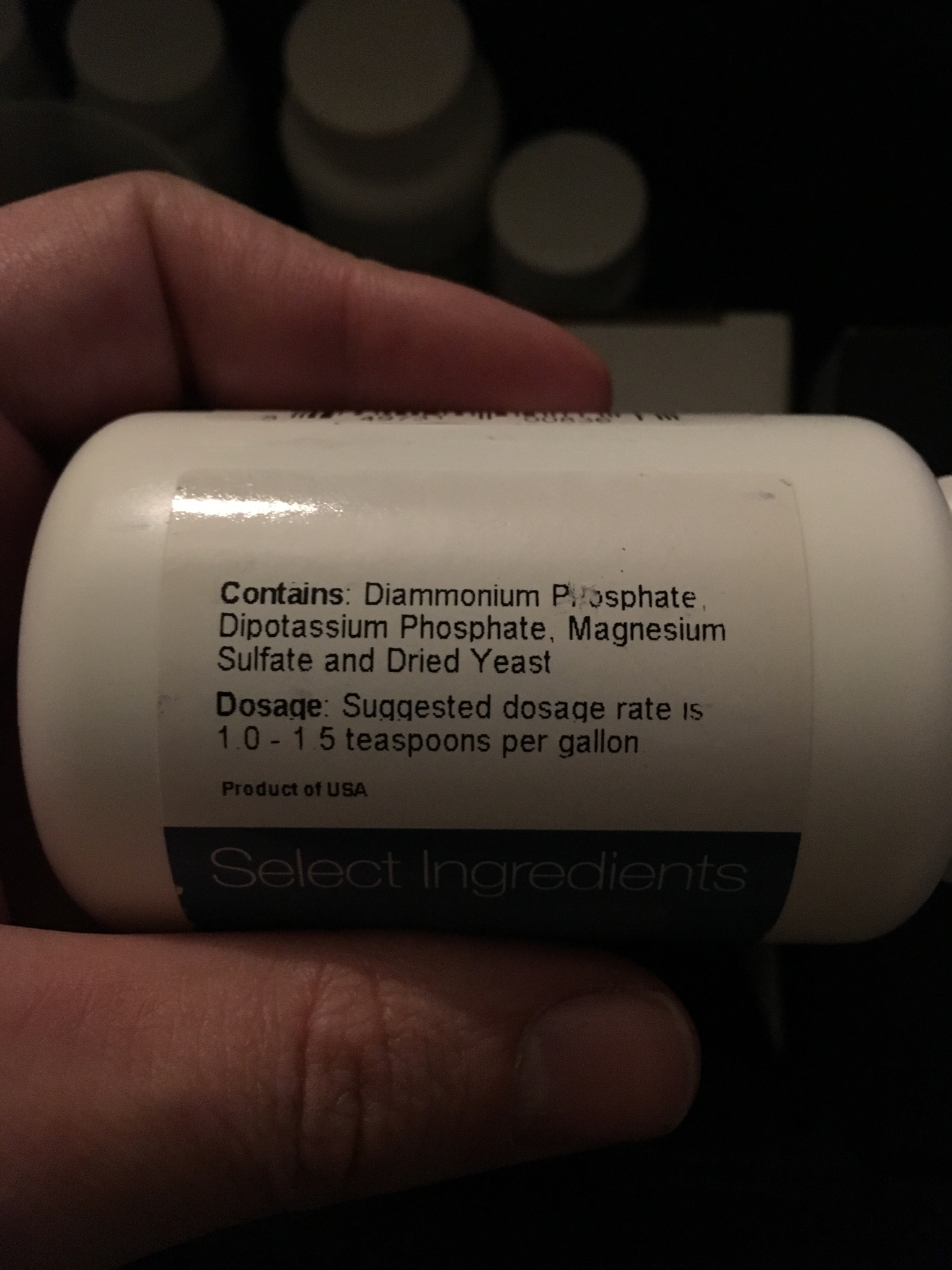Bilsch
Well-Known Member
- Joined
- May 4, 2015
- Messages
- 1,677
- Reaction score
- 1,517
I believe there are merits to this method and from the get go remained open and curious. As opposed to fermentation temp control, ph, and a myriad of other factors that I remain skeptic about. I look forward to down the road when we know exactly what matters and when.
If you don't believe temperature or pH control makes a difference then most likely you are not going to realize any benefit from employing the low oxygen processes.





